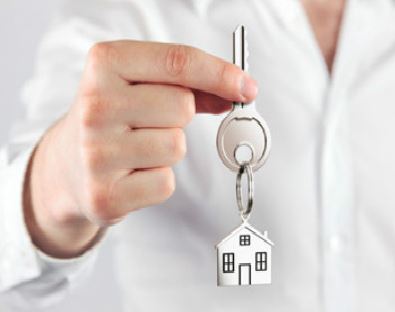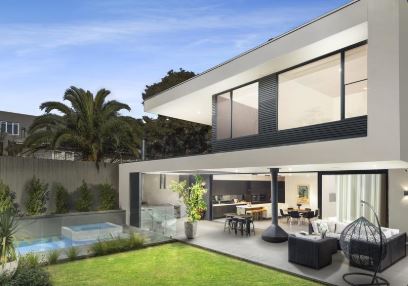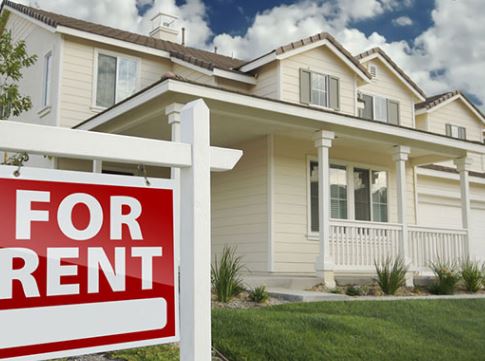
The real estate industry reflects the social class structure of Australia from one side
The relentless housing boom in Australian cities, notably Melbourne and Sydney, is often described as a generational clash, with baby boomers shutting out young people. However, the sociological theory of social class suggests that parents’ wealth and social status will eventually be passed on to their children.
So by focusing on intergenerational inequality that will eventually be reversed, we are raising the affordability issue in the wrong way. At the same time, the effects of the housing boom have been so profound that some time-honored notions of social class may no longer apply.
The housing boom has blurred the existing boundaries between the upper, middle and lower classes that apply to baby boomers and previous generations. New social class boundaries and formations are emerging.
This does not mean that the young generation as a whole is at a disadvantage compared with their parents. Instead, these younger generations will be segmented differently and more unequally.

Taxi passenger

In industrial cities, the term “working class” is defined by the experiences of low-income workers in manufacturing jobs. In a post-industrial Australian city, however, it makes more sense to talk about the “rental class”.
Not all tenants are poor, and not all poor families are private tenants. However, the correlation between the two is significant and enhanced. The share of private renters in the population is slowly but surely rising, from 20.3 per cent in 1981 to 23.4 per cent in 2011.
Meanwhile, public housing, once a symbol of the working class, is dying fast.
The renters, largely abandoned by the state to make ends meet and poorly regulated for security of ownership or rent control, face the relentless burden of rising rents. In 1981, the average tenant paid 19% of rental income. In 2011, the share increased to 26.9 percent.
And in 2014, about 40 percent of low-income private renters were under pressure to afford their homes, spending more than a third of their income on housing.
With disposable income “after housing” not enough to meet basic living standards, it is almost impossible for low-income tenants to save on their pensions. With little or no wealth to help their children buy homes, tenants’ social class status is likely to be passed on from generation to generation.
The owner

More than a status symbol, home ownership has become increasingly important to the way most australians accumulate wealth. Homeowners keep about half of their property in their homes. Each housing boom further enriched them with tax-free capital gains on their homes.
The housing boom has also created jobs in the construction industry, Australia’s third-largest employer, with more than a million workers. These are no longer working class occupations; the average wage for most skilled workers is close to a $1,500 a week. Thus, arguably, it is the homeowner class that has benefited most from each building boom.
One consequence of the housing boom is that a growing number of middle-income families now buy more than they own. If they had been born a generation earlier, they might have been able to afford housing. Now, it’s out of their reach.
Over the years, as rents have risen and wealth has stagnated, the gulf between tenants and homeowners has become unbridgeable. Their retirement experiences will be worlds apart.
The lifeline for this group is the prospect of inheriting some of their boomer parents’ housing wealth. But when that will happen is highly uncertain.
Housing elite

The housing boom has rewarded the real estate elite far beyond the capital gains on their own homes. Much of the wealth of the Australian elite comes from the real estate market – investment, construction and financing of housing.
Harry Triguboff, Australia’s third richest man, made his fortune in apartment development. So did the three youngest entrants to the 2016 BRW rich list. Their entry marks the growing importance of housing in creating Australia’s super-rich.
Among the richest australians, the top 20 percent keep most of their wealth in their homes and other investment properties. They also have significant wealth in the stock market, which is controlled by large Banks whose portfolios are dominated by home loans. Each housing boom has greatly increased their wealth.
Social class, however, is more than just financial wealth. Australia’s richest people secure their social class status by living in exclusive suburbs where they can socialize with the right people and live an elegant lifestyle. The sky-high prices of some houses in these suburbs ensure that they are hermetically sealed.

Break the cycle
None of these social class categories is natural or universal. These categories do not apply to certain European countries, such as those with very different housing systems.
The deepening integration between Australia’s housing system and its social class system has created a dangerous cycle. Housing prices rose further and housing became an important factor in determining social class. As social class is increasingly defined by housing, people are willing to pay more to enter the homeownership or housing elite.
Unless we break this cycle, Australia will continue to move towards a more polarised society, with its rent class weakened, its elite less permeable and its homeowners trapped by a shrinking class.

